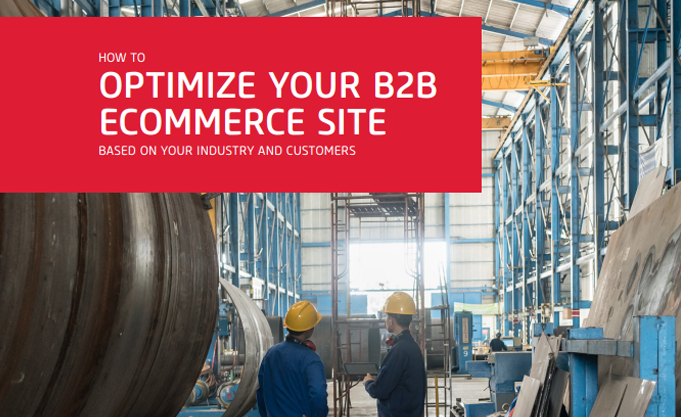 Businesses around the world are making the move to the Cloud in record numbers. If this is an accurate indicator, then it’s clear that the Cloud is here to stay.
Businesses around the world are making the move to the Cloud in record numbers. If this is an accurate indicator, then it’s clear that the Cloud is here to stay.
There are many considerations that affect a company’s overall satisfaction with the migration experience and with the Cloud solution itself. Understanding and managing these considerations will improve your overall Cloud migration experience.
Based upon my experience, here are the top 10 things you should consider when moving to the Cloud. (Note: These 10 considerations apply consistently across all platforms whether you are looking at Microsoft Cloud (Azure/O365), Amazon Web Services, Google Cloud Services, or another service.)
- Identity Management: Using Microsoft Active Directory (AD) to handle Identity Management, you have two options for Identity Management in the Cloud:
- Cloud-only
- Synchronized
- Password Management: When evaluating the different Password Management options, you need to be mindful of the differences between them – where the passwords live and the costs. There are three options to consider:
- Synced password (Same Sign-On)
- Federated authentication (Single Sign-On)
- Separate passwords
- Network Bandwidth: If you are moving from a completely on-premises (in the same building/campus) to a Cloud-based solution, you will need to plan for the extra bandwidth required.
- Cost Planning: In order to create a realistic cost plan for your Cloud environment, you need to factor in the upfront costs of the migration, understand how the ongoing subscription model works, and be prepared for the impact the model will have on your budget processes.
- Upgrade Planning: The Cloud completely changes the ways upgrades are handled:
- Software as a Service (SaaS) and Platform as a Service (PaaS)
- Infrastructure as a Service (IaaS)
- Capacity Planning: After you migrate to the Cloud, your capacity planning considerations become quite straightforward: When you add users, the cost goes up; and when you remove users, the cost goes down.
- Backup Planning: The Cloud changes the traditional requirements around backups – so, depending on what you are running (SaaS, PaaS, or IaaS), your backup plans will change.
- High Availability (HA): Your HA planning requirements will vary depending on what Cloud solution you are using – SaaS, PaaS, or IaaS.
- Data Residency/Sovereignty: If your organization is in an industry that is subject to regulations on where data is allowed to live, this might impact the strategy you take for your Cloud migration.
- Compliance Certification: A client’s business needs may go well beyond data residency and require compliance with external standards. These requirements are often the biggest factors to consider when moving to the Cloud.
This list could just as easily have been a top 100 list instead of a top 10 list. These 10 items were selected as they are the most common considerations for the majority of clients. To help you determine how/if these and other considerations impact your business, it is vital that you work with an experienced partner, such as Online, as early in the planning process as possible.
If you want to learn more about each of these considerations, please access my Insights paper that is available in our O365 Resource Center.




Submit a Comment